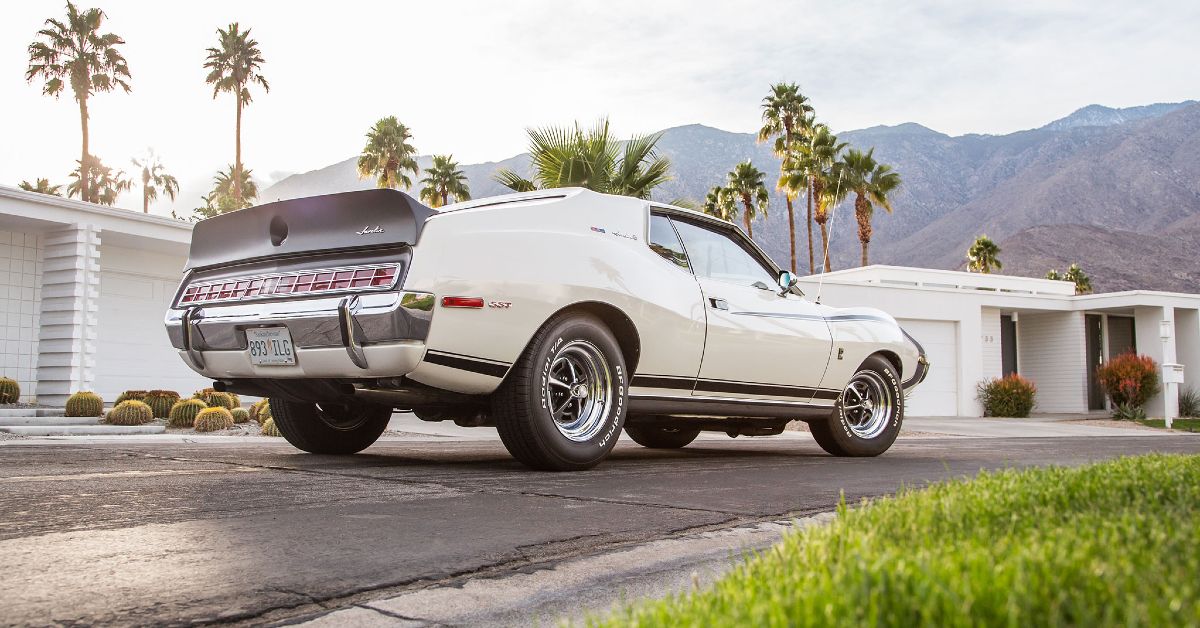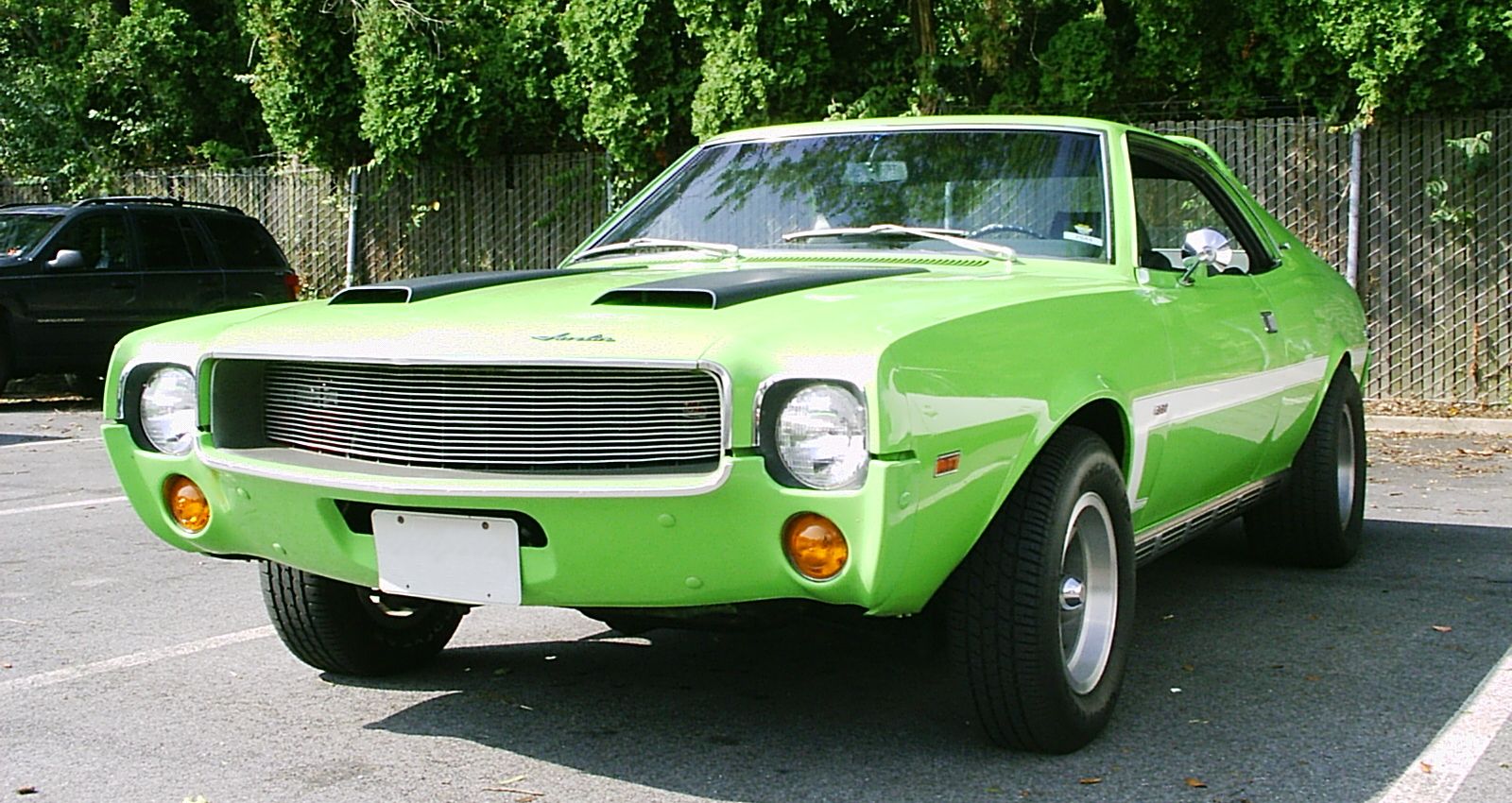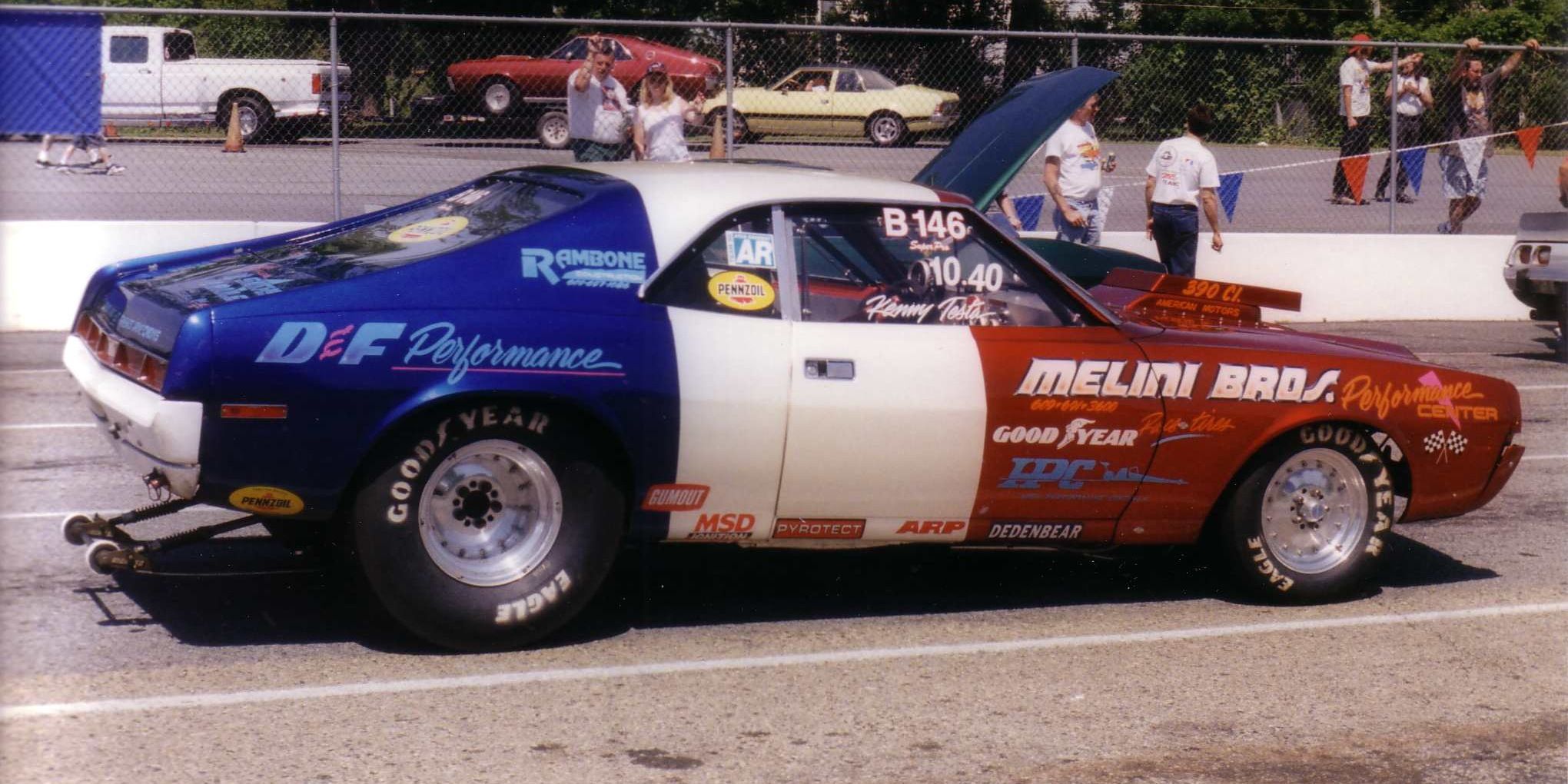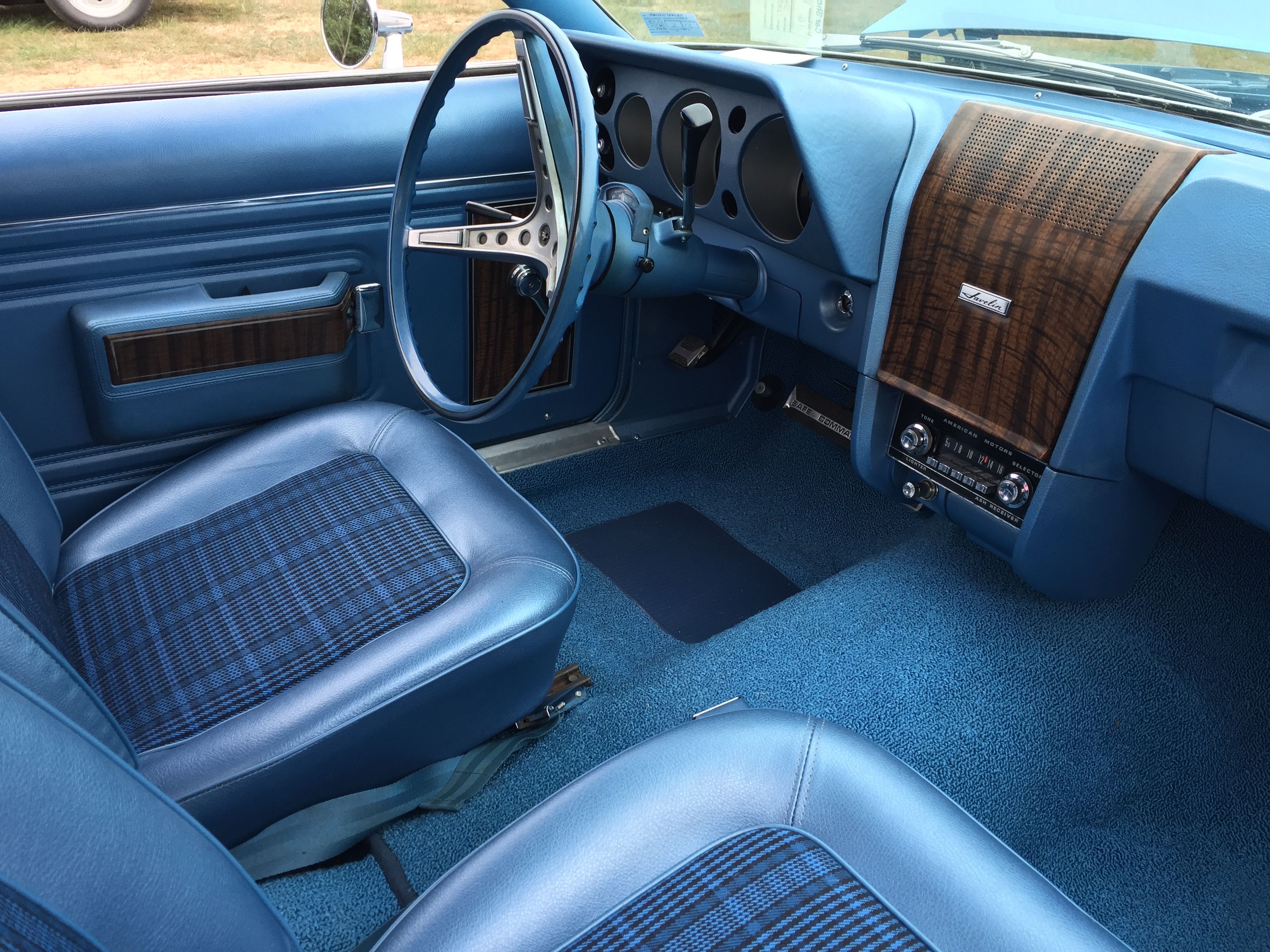In 1964, Ford launched a car that would transform the automobile market. This car would meet a number of customer criteria: compact, affordable, and utterly cool. These cars would change the car market in the United States and have effects for years to come, with some models available to this day.
This was the birth of the "pony market" and it began with Ford's 1965 Mustang. The effects of the Ford Mustang were immediate. In the first year, Ford sold 400,000 units. This, after being projected to sell just 100,000 of the vehicles. One million were sold before its second year had ended.
So, what does this have to do with the AMC Javelin?
Within years of the Mustang's launch, numerous car companies were trying to supplant it or at least cut into its market. AMC was one of the said companies.
Although the Javelin only lasted just several years, it made an impact on the pony car market and in the minds of many car buyers. Today, car enthusiasts and the general public can find the Javelin in museums or from Javelin owners' beautiful restorations that are marked up for sale.
What's the story behind the Javelin? Let's get started.
AMC's Foray Into The Pony Car Market
To get a clear look at the origins of the Javelin, we must start out with a brief history of AMC during the 1960s. To put it bluntly, before the Javelin, it was struggling. Some pundits even thought the company was bound to leave the automotive manufacturing market.
The problem was simple: AMC had a crusty, frumpy image born by its line of economical cars. It was not sexy, certainly not cool, and was easily losing the battle for America's younger car buyers. So, how did AMC transform from that into the manufacturer of the Javelin and its sister the AMX?
According to Ate Up With Motor, it all started with an investor Robert Beverly Evans. Evans was the son of a wealthy businessman and in AMC he saw an opportunity. AMC, he believed, was undervalued and simply in need of fresh energy and direction. After he became the largest investor in the company, he took a seat on the board.
After that, everything would change.
Evans was concerned about AMC's image—the crusty, frumpy one. Soon, under his direction, AMC would depart from its older, staid brands with little market appeal and start construction on a pair of cars that would be sexy and powerful. It would mark AMC's foray in the pony market and the creation of its two direct competitors to the Mustang.
Those two competitors? The AMX and the Javelin. Both debuted as 1968 model cars and aimed to attract younger Americans—most notably baby boomers—and steal market share from Ford.
Ultimately, AMC would bill the Javelin as a roomier and more comfortable pony car than the ones its rivals produced. It had a number of safety innovations including fiberglass safety padding, three-point seat belts, headrests, and a lack of bright trim on the interior of the car to reduce glare. The initial price started at $2,743.
Soon AMC would take the pony car fight out of the showrooms and into a well-worn battle arena: the Trans-Am series.
The Javelin's Introduction To Racing And The Trans-Am
The Trans-Am series, originally called the Trans-American Sedan Championship, started in 1966 as a competition between manufacturers of pony cars, most notably V8 coupes. The list of cars (and the list of now-famous drivers) was extensive: Ford Mustang, Chevy Camaro, Plymouth Barracuda, and, of course, the Javelin.
The Javelin didn't enter into the competition until 1968, which would mark the start of the golden age of trans-am racing.
Although people in the industry and sports racing fans didn't expect the Javelin to make much of an impact in its first year, it finished a surprising third in its first season, outperforming most prognosticators.
1969 AMC Javelin Trans Am Race Car [1600 x 1062] pic.twitter.com/BxqPrZvuCS
— Car Porn (@CanYouDrive) July 8, 2013
Soon, this became an advertising point for AMC, which capitalized on the Javelin's on-track success to position it as the main competition to the Mustang in the marketplace. The run didn't end there.
After another close year in 1969, AMC signed a deal with Penske to head its Javelin Trans-Am team. Soon, Penske's impact showed. The Javelin stole all three Trans-Am series championships, an improbable run for a company that had only made one sports car before the Javelin, even that sports car was outsourced.
AMC's success with the Javelin and its sister model the AMX led to a string of victories on both the track and in the marketplace. However, soon, AMC would discontinue production of it in 1974. Why was this and where did all that success go?
It changed, like it almost always does, with the car tastes of the American public.
The End Of The Pony Market And The Demise Of The Javelin
When the tied turned and America entered the 1970s, it appeared that pony cars might still be a viable option for Americans into the later parts of the decade. The Trans-Am was still running, the manufacturers still supplying cars, and excitement still abound for racing enthusiasts.
However, that would all change.
If there is something the 1970s are known for, aside from being a brilliant decade for music, it is its fuel costs. For many Americans, the writing was on the wall in the early parts of the 1970s: fuel costs were rising and with a recession on the horizon, buying a car that chewed up gas was not the smartest financial move.
Soon, the pony car market began drying up. Manufacturers started pulling their pony cars out of the Trans-Am series races, leaving AMC as the last manufacturer in the race. The other contenders were related to driving sponsors rather than specific companies.
AMC kept racing, however. Some have speculated that this determination to keep racing was based more on the bottom line than anything else. AMC was hurting and needing the publicity. But even that wasn't enough at the end of the day.
In 1974, AMC stopped production on the Javelin. American tastes had shifted to more economical cars rather than the sexy, powerful appeal of sports cars or V8 coupes.
It was a remarkable turnaround for a company that had not just created its first true pony car but did it in such a way as to challenge the leader of the market and dominate on the race track as well. It also signals perhaps the decline and future death of AMC.
From 1975 to 1977, AMC posted $74 million in losses and had to form a partnership with French automaker Renault to get an infusion of cash. However, that, in the end, wasn't enough. Banks would refuse to offer lines of credit to a profitless AMC during the early 1980s, paving the way for its decline in market share and eventual acquisition by Chrysler.
The Javelin remains as one of its Hall of Fame vehicles manufactured. As a powerful pony car with three Trans-Am championships to its credit, there is little question about its legacy even as AMC has ceased to exist.




